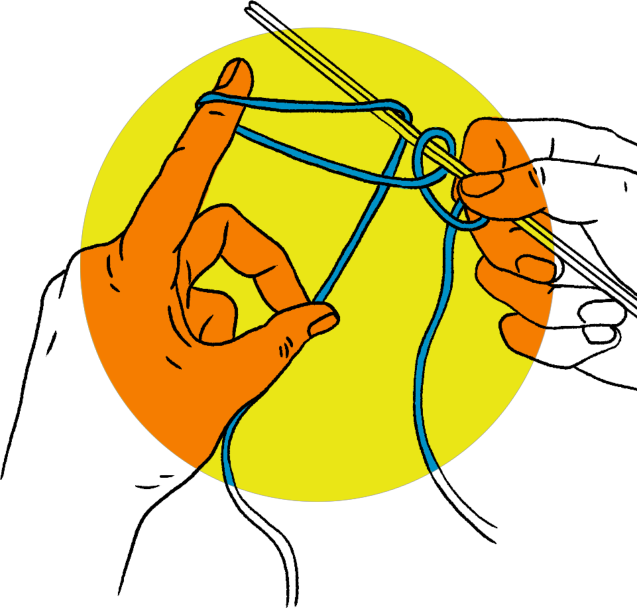A new Italian arts and culture impact fund intends to foster a more sustainable approach in the sector.
Arts and culture organisations face several significant obstacles in securing funding. The first is that they may lack the management and technical expertise to understand the financial instruments available to them. If they apply for bank loans, they are often required to provide personal warranties. If they choose the grant route, they are not invited to think long term, because the funds emphasise specific short-term results and are not designed to promote sustainable activities.
In Italy in particular, arts and cultural organisations are typically fragile micro-businesses, tending to survive thanks to public and private grants. Grants are typically project-related, making it difficult for organisations to cover their overheads and discouraging long-term thinking. Although some of these organisations are very entrepreneurial, they are not incentivised to look for alternative sources of funding, and very few have considered bank loans. We would like to change this, fostering more sustainable behaviour and planning.
Fu/iNDING CULTURE was established to help. Inspired by Nesta’s Arts Impact Fund, the initiative has been designed to provide repayable loans to Italian arts and cultural organisations, typically unbanked, who want to launch or sustain the growth of an ambitious project with the potential to deliver financial and social returns.
The fund seeks to facilitate access to bank loans, decreasing personal risk for founders because it does not require personal warranties. Through this process, it aims to foster an entrepreneurial mindset and a sustainable approach in the arts and cultural sector.
The innovative aspect of the model is related to its structure: a blended financial instrument offered by a bank and covered partially by a guarantee fund provided by philanthropic foundations.
The guarantee fund will be equivalent to half the value made available by the bank in the form of loans, and in most cases will cover 50 per cent of the total amount of each loan. There may be cases in which the due diligence carried out by the bank deems the project to be higher risk. In this case, if the philanthropic foundations agree because of the innovative nature and the impact potential of the project, the guarantee fund may cover a higher percentage of the loan. Alternatively, if a project has a solid financial and economic footing, the guarantee could potentially be lower.
If they choose the grant route, organisations are not invited to think long term, because the funds emphasise specific short-term results and are not designed to promote sustainable activities
Devolving a part of the funding to a guarantee fund rather than to grant-making activities allows the philanthropic foundations to benefit from a leverage effect. This happens every time an organisation repays its loan, because the amount settled in the fund can be re-used to guarantee a loan to another entity.
We are envisaging a €2 million fund (for the repayable loans) and an additional €1 million fund as a guarantee. Through this, we aim to support around 30 organisations.
To be considered for the loans, arts and cultural organisations will need to meet criteria related to innovation, sustainability, financial structure and social impact. As a result of our conversations with cultural managers, artists, intermediaries and grand makers, we will also offer beneficiaries of the programme some capacity-building support during the first two years of the project, as well as instruments to monitor their impact.
Organisations will be able to use the loan to scale, expand or replicate existing projects that have proved successful, as well as to test new models such as the use of new technologies. They can also use the money for non-project needs such as supporting cash flow, supporting growth, transitioning to a new business model, acquiring new assets or restructuring.
In the development of this model, we established a connection with the European Investment Fund to understand how we could apply to the Guarantee Facility for creative and cultural enterprises offered within the Creative Europe Programme. Our funding partner, Fondazione San Paolo, helped us to establish connections with a bank and create a financial model that worked for all the parties involved (arts and culture organisations, foundations, the bank).
To some extent, the model has to be designed around the interested partners. For example, having on board a bank, which can only take limited risks, represents a design constraint: we might like to give a grant to an organisation that has been exceptional in delivering cultural projects with a social impact, and which is presenting a very interesting project, but if its financials were too fragile we would be unable to do so. On the other hand, partnering with a bank provides us with critical expertise on due diligence and a knowledge of how to determine best practice in new markets.
Some very active and successful arts and cultural organisations in Italy have already expressed their interest in Fu/iNDING CULTURE. While the model is currently set up to provide loans to non-profit organisations only, after the initial 2.5-year pilot we hope to be able to extend it to for-profit entities as well. In the future, we believe this model has great potential to be implemented in other geographies – though just as we adapted the Nesta model for Italy’s needs and regulations, so too will other regions need to reflect their local realities.








